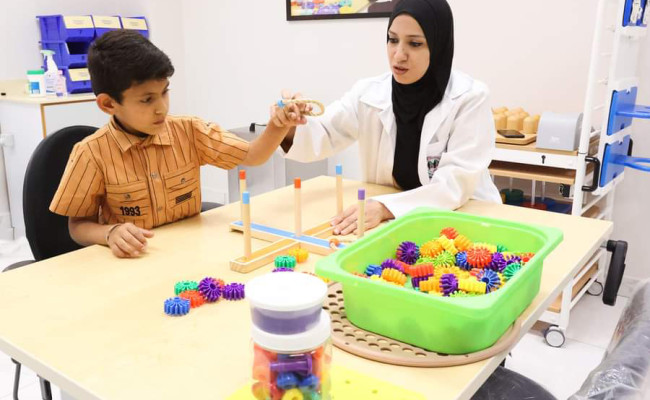Objectives: This study aimed to analyze and compare the topographical, chemical,
and osseointegration characteristics of a sandblasted acid‐etched surface (SLA
group), a sandblasted thermally oxidized surface (SO group), and a surface chemically
modified by hydrofluoric (HF) acid (SOF group).
Materials and methods: Following the preparation and characterization of the relevant
surfaces, 90 implants (30 for each group) were placed on the pelvic bone of six
sheep. Resonance frequency analysis (RFA), insertion (ITV), removal torque value
(RTV), and histomorphometric analyses (BIC%) were performed after three and
8 weeks of healing. The results were analyzed by nonparametric tests (p 0.05).
Results: The roughness value (Ra) in the SOF group was significantly lower than the
SLA and the SO group (p = 0.136, p 0.001, respectively). This resulted in a substantially
inferior ITV 14.83 N/cm (SD: 4.04) than those achieved in the SLA and SO
groups (19.50 (SD: 6.07) and 20.17 N/cm (SD: 8.95), respectively; p = 0.001). A statistically
significant change in the RFA from the baseline (47.36 ISQ, SD: 6.93) to the 3rd
week (62.56 ISQ, SD: 5.29) was observed in the SOF group only (p = 0.008). The highest
postplacement RFA and RTV values were measured from the SLA group (61.11 ISQ,
SD: 7.51 and 78.22 N/cm, SD: 28.73). The early‐term (3rd week) BIC% was highest in the
SO group (39.93%, SD: 16.14). After 8 weeks, the differences in BIC% values were statistically
not significant.
Conclusions: Adjunct HF acid application on the thermally oxidized surface did not
provide an additional benefit compared to the sandblasted and acid‐etched surface
(SLA group).
Authors
Ala Hassan A. Qamheya1 | Volkan Arısan1 | Zihni Mutlu2 | Murat Karabaglı2 | Merva Soluk Tekkeşin3 | Kamuran Kara4 | Ayşe Erol4 | Selim Ersanlı1
Pages From
1
Pages To
15
ISSN
DOI: 10.1111/clr.13285
Journal Name
Clinical oral implant research
Volume
10
Issue
11
Keywords
dental implant, histomorphometry, hydrofluoric acid, implant stability, reverse torque test, sheep, thermal oxidation, titanium surface treatment
Project
Dental Implant Surface
Abstract






